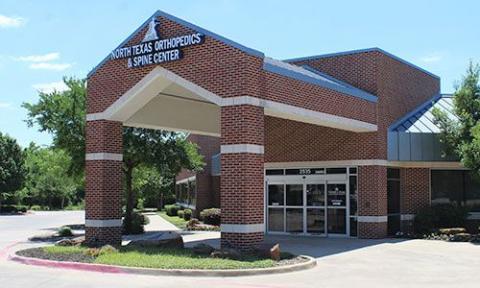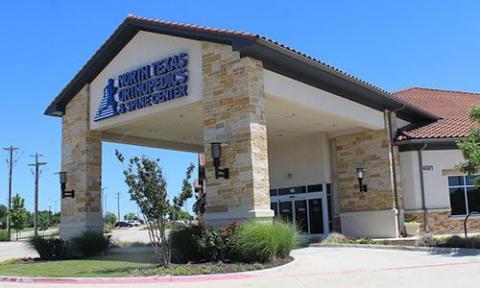A muscle strain of the calf, also known as a gastrocnemius or soleus strain, is a common injury that affects the lower leg. These two muscles, located in the back of the lower leg, play a crucial role in everyday movements such as walking, running, and jumping. A strain occurs when one or both of these muscles are stretched beyond their limits, leading to microscopic tears in the muscle fibers. This type of injury can range from mild discomfort to severe pain, depending on the extent of the damage.

The calf is made up of two primary muscles:
These muscles work together to lift the heel and propel the body forward during motion. A strain can affect either or both muscles, disrupting normal movement and causing significant discomfort.
Repetitive activities like running, jumping, or cycling can place stress on the calf muscles, leading to a strain over time.
Calf strains often occur during sudden movements, such as sprinting, quickly changing direction, or jumping. These movements place intense stress on the muscles, making them more susceptible to injury.
Failing to properly warm up before physical activity can increase the risk of a muscle strain, as cold muscles are less flexible and more prone to tearing.
Weak or fatigued calf muscles are less able to handle the demands of strenuous activity, making them more vulnerable to injury.
Wearing inadequate shoes or using improper form during exercise can place additional strain on the calf muscles.
The symptoms of a gastrocnemius or soleus strain can vary depending on the severity of the injury but typically include:
A healthcare provider will typically diagnose a calf muscle strain based on a physical examination and the patient’s description of how the injury occurred. The doctor may evaluate the range of motion, strength, and tenderness in the calf muscles. In some cases, imaging tests like an ultrasound or MRI may be used to confirm the diagnosis and assess the severity of the strain.
Resting the affected leg is crucial to allow the injured muscle fibers to heal. Avoid activities that place stress on the calf, and use crutches if necessary to reduce weight-bearing on the injured leg.
Applying ice to the affected area can help reduce swelling and pain. Use an ice pack wrapped in a cloth for 15-20 minutes every few hours during the first 48 hours after the injury.
A compression bandage or wrap can provide support to the injured muscle and help minimize swelling.
Keeping the leg elevated above heart level can reduce swelling by promoting fluid drainage.
Over-the-counter pain relievers, such as ibuprofen or acetaminophen, may be recommended to manage discomfort and inflammation.
Once the acute pain and swelling have subsided, physical therapy is often recommended to restore strength, flexibility, and range of motion in the calf muscles. A physical therapist may guide you through:
In rare cases, where the muscle has completely torn, surgery may be required to repair the damaged fibers. However, most calf strains respond well to nonsurgical treatment.
While it’s impossible to prevent all injuries, taking the following steps can reduce the risk of a gastrocnemius or soleus strain:
A muscle strain of the calf, whether in the gastrocnemius or soleus muscle, is a common injury that can disrupt daily activities and athletic performance. Prompt treatment, including rest, ice, and physical therapy, is essential for a full recovery and to prevent complications. By taking steps to warm up properly, strengthen the muscles, and avoid overtraining, you can reduce the risk of calf strains and keep your lower legs healthy and functional. If you suspect a calf muscle strain, consult a healthcare provider to ensure an accurate diagnosis and a tailored treatment plan.
See why our patients love our physicians, quality of care, and amazing results.
*Based on Independent Market Research


© 2024, North Texas Orthopedics & Spine CENTER. All rights reserved.